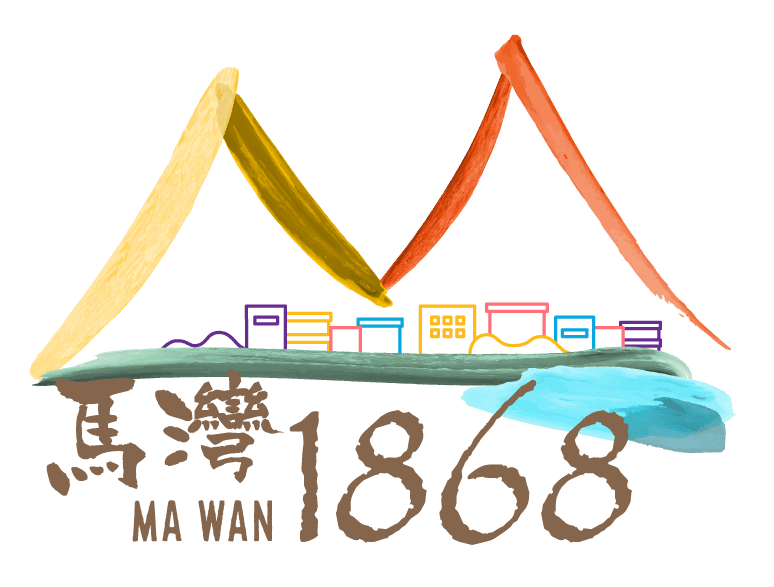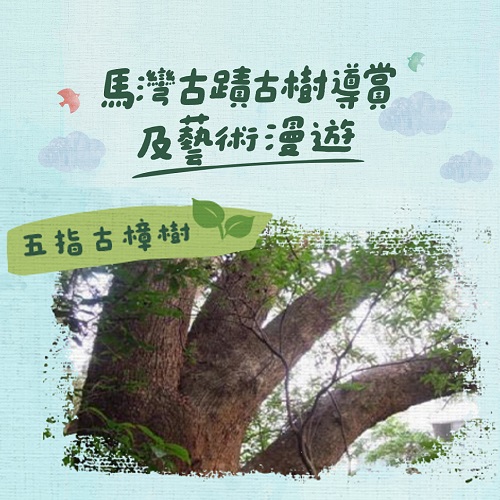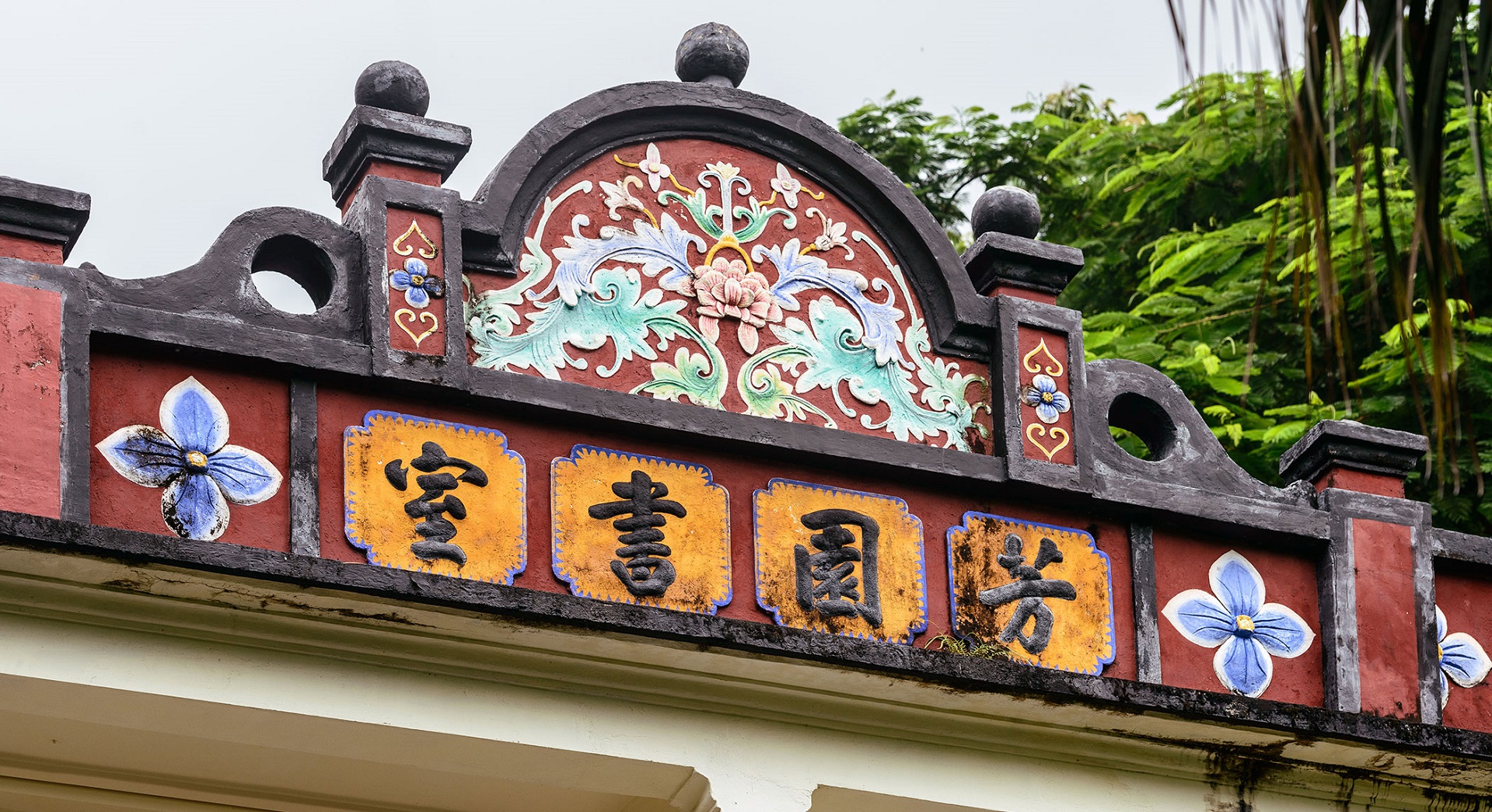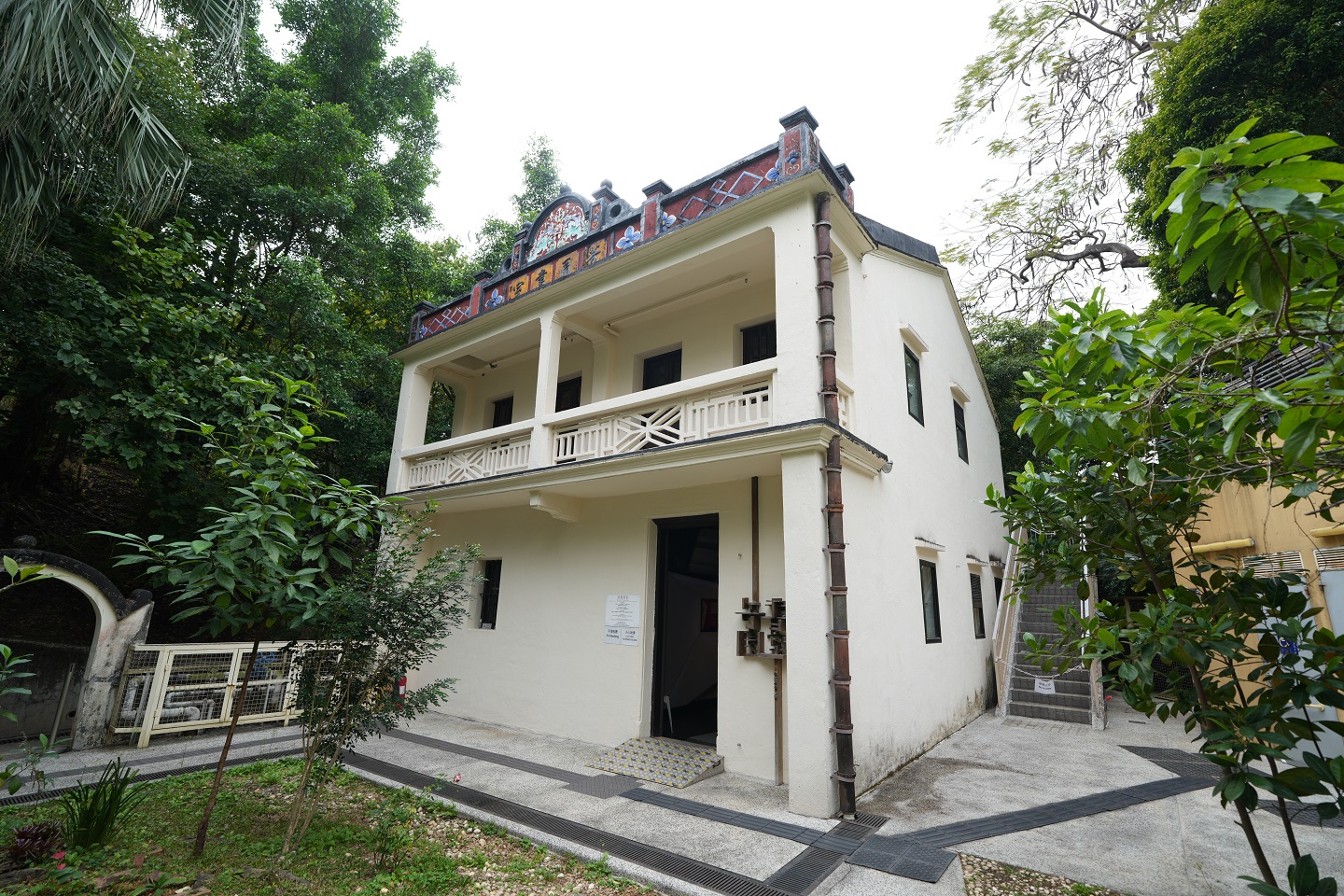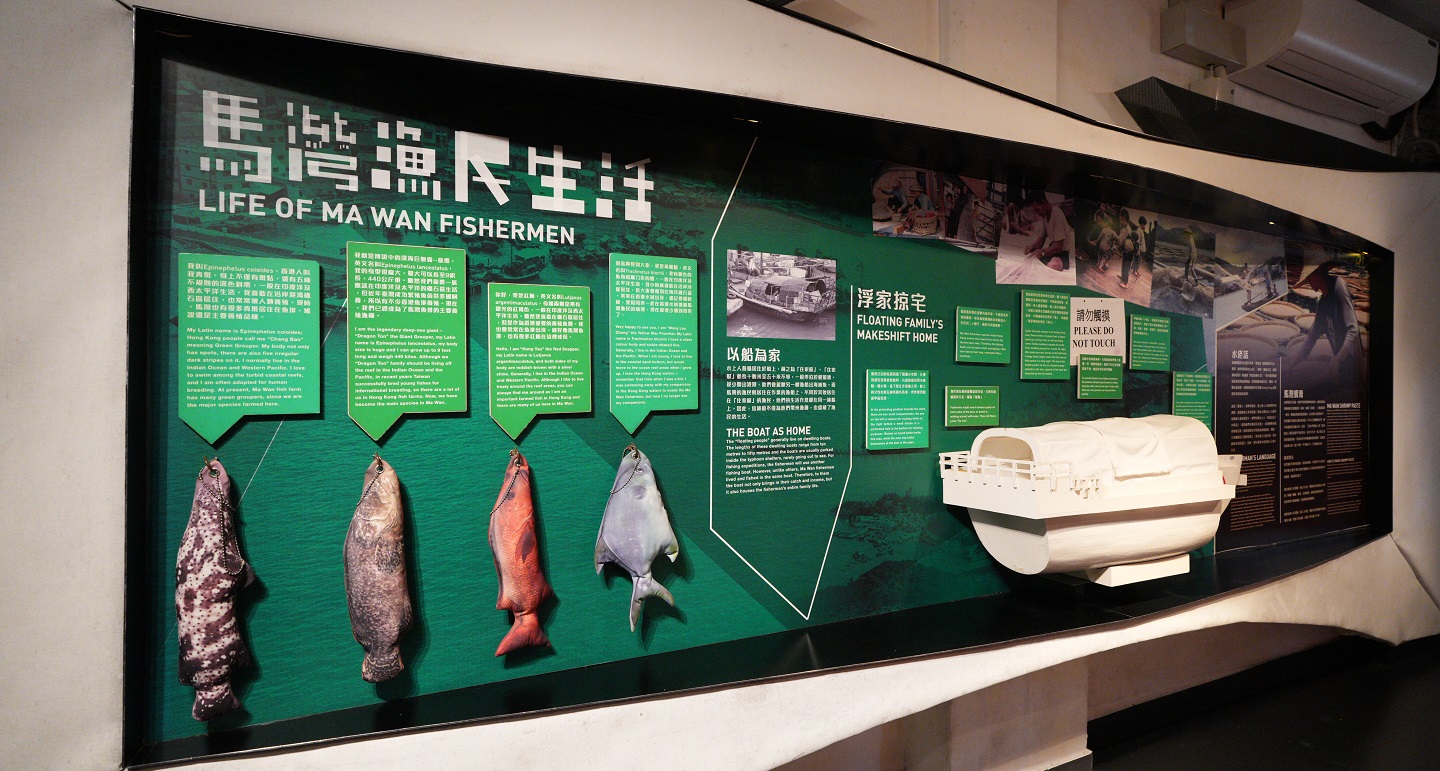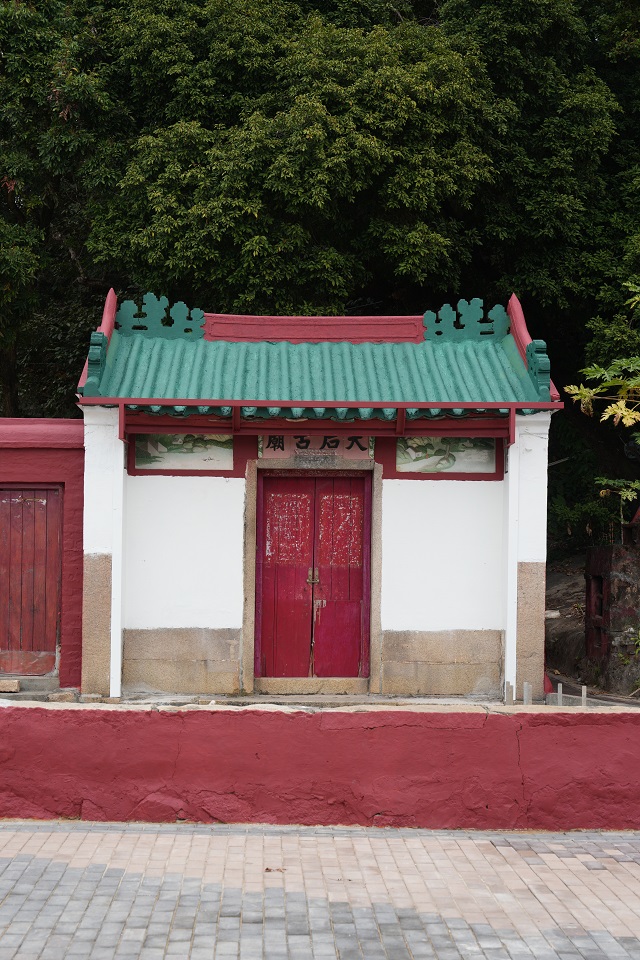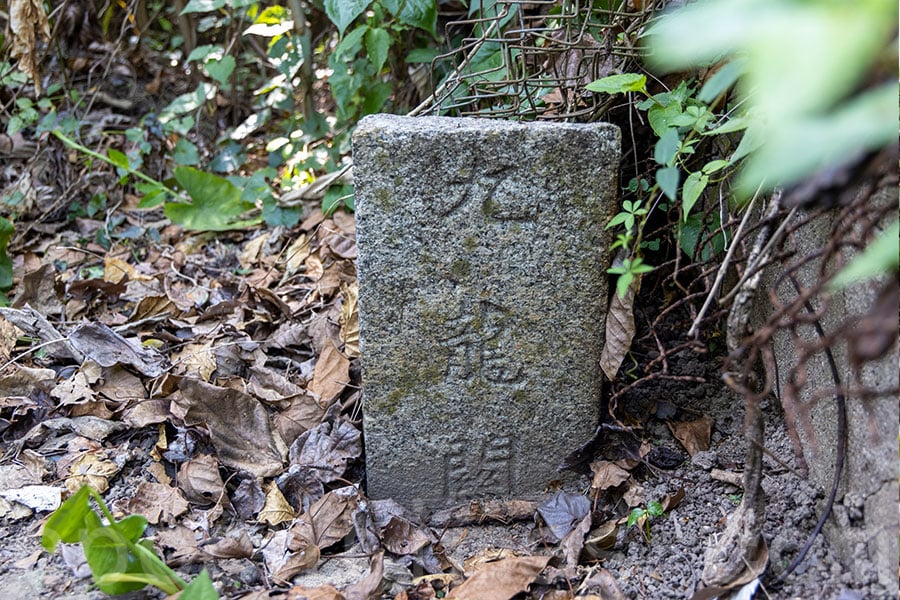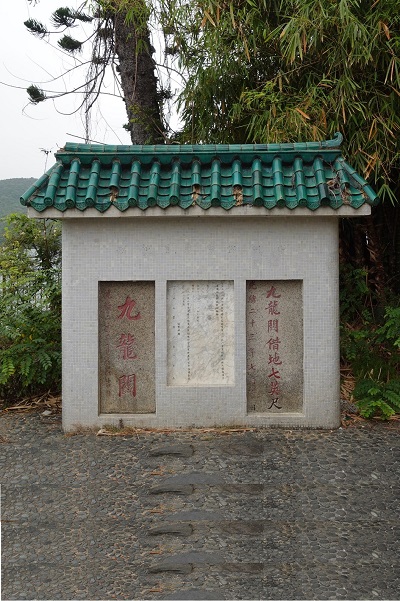Fong Yuen Study Hall
Situated in Tin Liu Village, Ma Wan, the Fong Yuen Study Hall was built in the 1920s and was originally known as “Chan’s Study Hall,” serving as a rural private school. It stood as a witness to the development of local education and culture. Over time, the study hall ceased operation in 2003 and was later revitalized as a cultural center for tourism and Chinese heritage, as well as the Ma Wan Water and Land Residents Museum.
The architecture of Fong Yuen Study Hall blends Chinese and Western styles. The external walls are constructed with granite, with intricate craftsmanship evident in the gable walls, rear wall, and traditional Chinese door thresholds. The study hall is adorned with traditional Chinese decorative patterns, such as “Baoxiang Flowers,” “Double Longevity,” and “Pan Chang Knots,” symbolizing blessings and prosperity. Meanwhile, the roof incorporates elements of Western architectural design combined with Chinese motifs, reflecting a unique fusion of East and West.
In 2008, Fong Yuen Study Hall was selected as one of the first six historic buildings to undergo revitalization and was subsequently graded as a Grade III historic building by the Antiquities Advisory Board in 2010. Its history dates back to reconstruction efforts during the 1920s and 1930s, when it was transformed into a two-story structure and renamed “Fong Yuen Study Hall” (also known as “Big Fong Yuen”). It became the first school in Ma Wan and the only early educational institution in the area. As the village expanded, an additional single-story school building (known as “Little Fong Yuen”) was constructed nearby, which has since been repurposed as the Heritage Museum.
Fong Yuen Study Hall not only bears witness to Ma Wan’s historical transformations but also serves as a vital location for exploring the development of education and the integration of cultures in Hong Kong.
